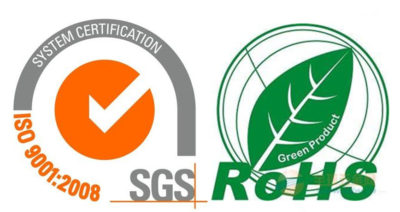In the aluminum hydroxide family, pseudoboehmite and boehmite are two important materials. Although their names are similar, they show significant differences in structure, properties and applications. These two substances play an important role in industrial production, environmental protection and materials science. This article will take you to understand the mysteries of these two “aluminum stones” and unveil their mystery.
Both pseudo-boehmite and boehmite are aluminum hydroxide oxides, with the chemical formula AlO(OH), which are compounds composed of three elements: aluminum (Al), oxygen (O) and hydrogen (H). Although they have the same chemical formula, their crystal structures and physical properties are significantly different.
Boehmite is a mineral with high crystallinity, belonging to the orthorhombic system, and its crystal structure is arranged regularly and orderly. Pseudoboehmite can be regarded as an “imperfect version” of boehmite, with lower crystallinity and more structural defects, showing more amorphous characteristics. This structural difference leads to different performances of the two in terms of specific surface area, porosity and thermal stability.
Boehmite has a highly ordered layered structure, with aluminum atoms located at the center of the octahedron, forming a regular coordination structure with the surrounding hydroxyl and oxygen atoms. This ordered arrangement gives it high thermal stability, and it will not transform into γ-alumina until heated to about 500°C. In contrast, the structure of pseudo-boehmite contains more structural water and disordered arrangement, which gives it a larger specific surface area (up to more than 300 m²/g) and higher surface activity. Pseudo-boehmite can be transformed into γ-alumina at a lower temperature (about 300-400°C), which makes it more advantageous in some applications.
With its high specific surface area and abundant surface hydroxyl groups, pseudo-boehmite is widely used in the following fields:
1. Catalyst carrier: Pseudo-boehmite is often used as a carrier for hydrogenation catalysts in petroleum refining because it can highly disperse active metal components.
2. Adsorption material: used for wastewater treatment to remove heavy metal ions and organic pollutants.
3. Ceramic precursor: easy to sinter, used to prepare high-performance alumina ceramics.
4. Coating material: used as a filler or binder for functional coatings.
Boehmite has advantages in the following applications due to its high crystallinity and thermal stability:
1. High-temperature catalyst: suitable for processes requiring higher reaction temperatures.
2. Refractory materials: used as raw materials for advanced refractory materials.
3. Artificially synthesized minerals: used to study geological processes and mineral formation mechanisms.
4. Composite material reinforcement phase: used as a nano-reinforcement phase to improve the performance of composite materials
Understanding the differences and connections between pseudo-boehmite and boehmite will help us better utilize these materials and give full play to their respective advantages. If you have any questions or needs about pseudo-boehmite and boehmite, please contact us!

